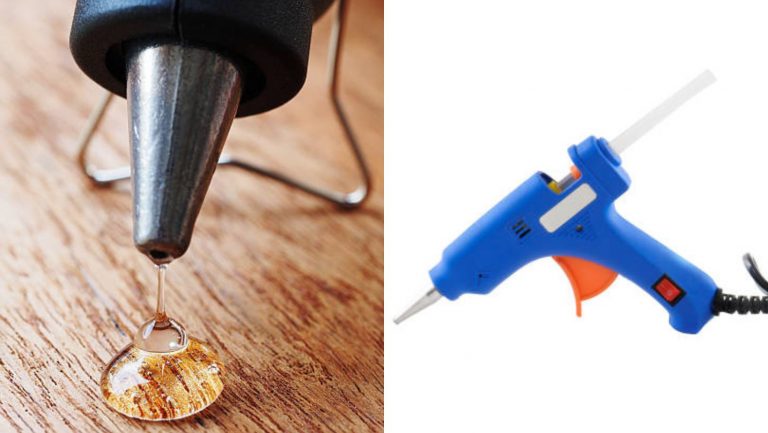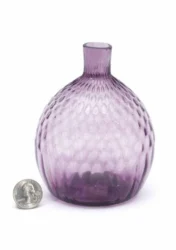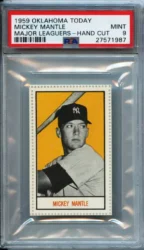There is probably an adhesive that can fit into your design and enhance the functionality of your product, whether you’re building an electronic gadget or making a wearable that has to attach to the skin. Technology for adhesives has evolved significantly. Today, a large variety of products are offered, many of which are highly specialized to address typical design issues or constraints of earlier adhesives. From hot glue sticks and PUR hot melt to epoxies and acrylics, adhesives from gluegun.com are sure to meet your needs. In addition, you can use adhesives that provide a number of advantages depending on your application.
- Reliable for sealing, fastening, gluing, and attaching
- Can produce a solid, evenly dispersed bond
- Product weight reduction
- Skin protection Enhance toughness and attractiveness
- Economical materials
- Assembly that is easier
It should come as no surprise that adhesives are widely used in a range of products and applications, given their many benefits:
- Decal and labeling
- Wearables
- User interfaces and membrane switches
- graphic additions
- electronics components
- patches and tapes
- sticky tapes
- Gaskets and seals
Considerations for the selection of adhesive
Modern adhesives are extremely specialized. Therefore, you must choose the proper one for your unique requirements. Here are seven criteria to help you select the best answer.
Substrate type
What kind of surface is being adhered to with the adhesive? Different adhesives work better than others for metal, stainless steel, aluminum, fabric, foam, copper, paper, polyimides, polycarbonate, etc.
Surface condition
What features of the surface need to be taken into consideration that could affect adhesion? The substrate is smooth or rough. Flexible or inflexible? A coating or no coating?
Surface energy
Depending on the substrate material, surface energy might vary significantly. For instance, while metals can have a surface energy (dyne/cm) of over 1,000, some polymers can only have 18. Generally, the stronger the adhesive must be for successful bonding, the lower the surface energy.
Performance characteristics
How will the adhesive and finished product be used? Is a single use, a year, or even longer the predicted life?
Environmental factors
What substances could interact with or weaken the adhesive? Will the item be utilized inside or outside? Will it be subjected to conditions of high humidity or temperature? Is recycling or storage a consideration?
Harsh exposures
Specifically, will the adhesive have to deal with pollutants or components like water, salinity, dust or dirt, oil, gases, chemicals, cleaning, sterilization, etc.? Again, this is similar to harsh environmental circumstances but more particular.
Method of application
Will the adhesive be applied manually or automatically throughout the production process?
Hopefully, this list helps you better understand the factors to consider when choosing an adhesive. However, nothing can replace experience. You should consult a business with a wealth of material knowledge and solid connections to the top suppliers. The business can test and recommend materials based on experience to help you find the best adhesive for your application.







